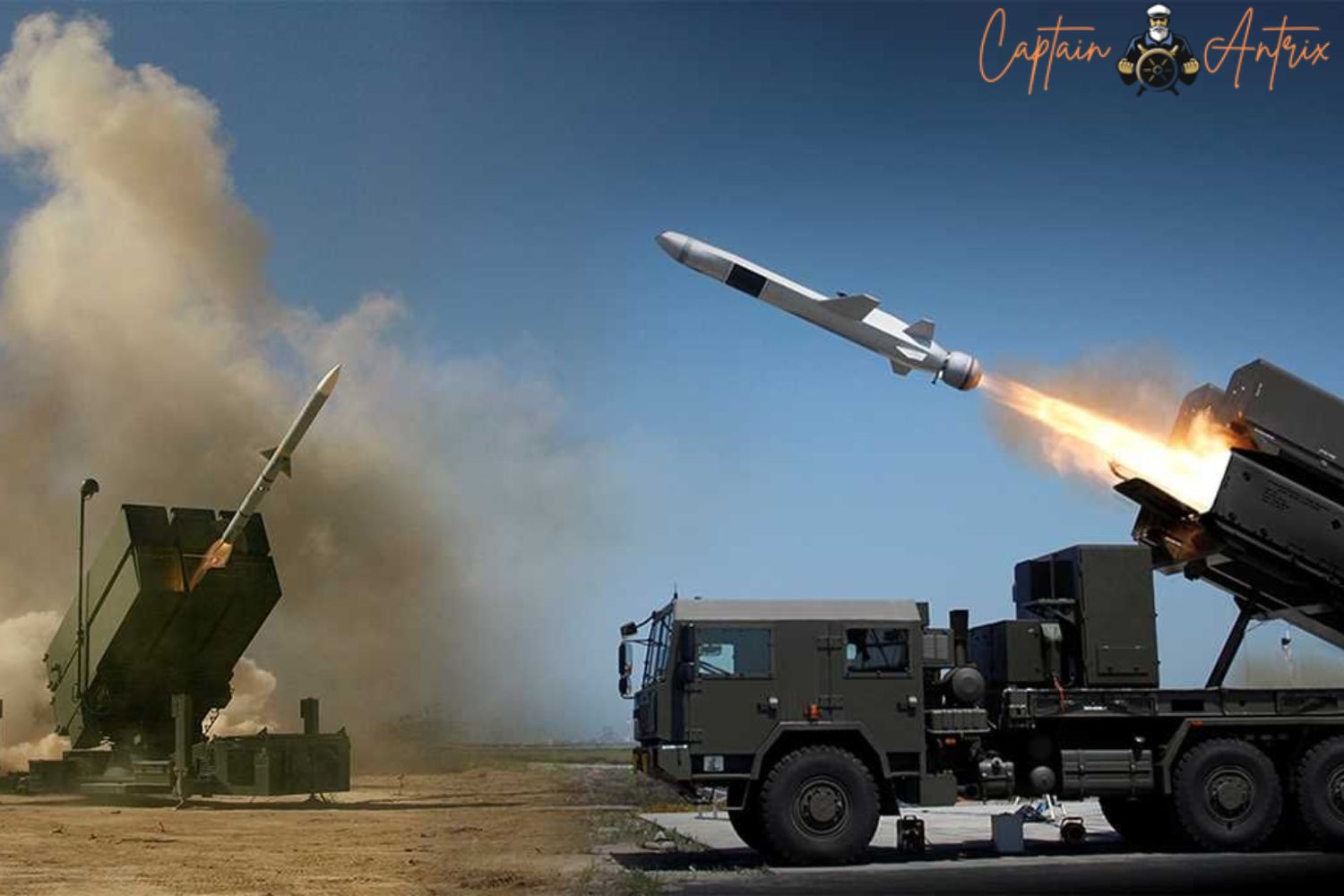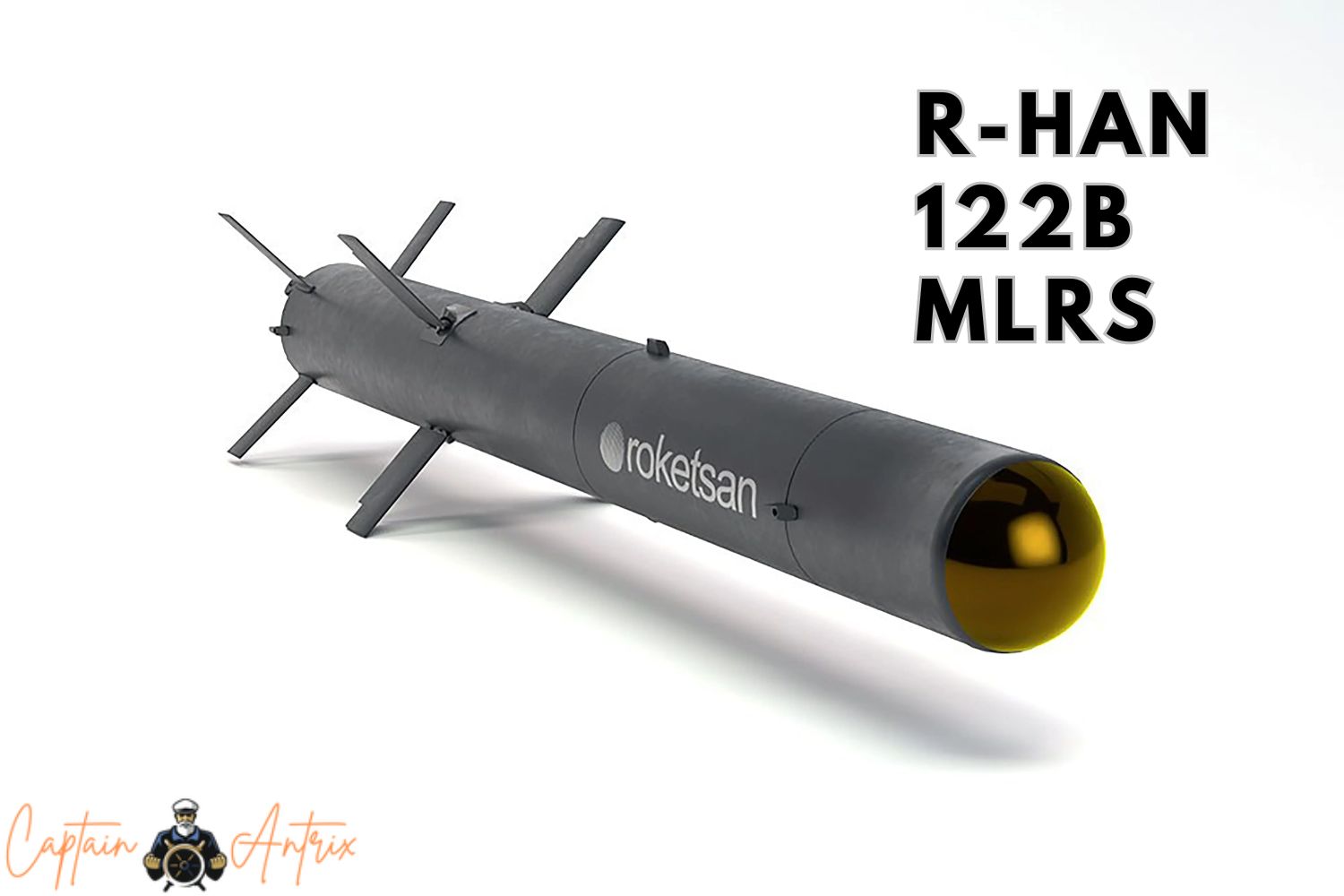
The Indonesia Ministry of Defense (MoD) proudly unveiled a groundbreaking achievement in late October, signaling a significant step forward in the nation's efforts to bolster its national defense capabilities. This milestone saw PT Pindad successfully complete the development of the much-anticipated R-Han 122B Multiple Launch Rocket System (MLRS), boasting impressive specifications that include a maximum speed of Mach 2.95 (equivalent to 3,614 km/h or 2,246 mph) and a remarkable maximum range of 32 km (approximately 20 miles).
The journey toward this significant defense milestone dates back to 2007 when the Ministry of Research and Technology established the D-230 Team. Their mission was clear: to develop a 122 mm diameter rocket with a range of 20 km. The successful execution of this project paved the way for the creation of the D-230 rocket prototype, which was later acquired by the Ministry of Defense and Security to reinforce the national defense program. Subsequently, the National Rocket Consortium emerged, with PT Dirgantara Indonesia (PT DI or IAe) taking the lead in a mission to mass-produce rockets.
Within this consortium, PT Pindad played a crucial role in developing the launch and firing system for the R-Han 122B. They skillfully adapted platforms such as GAZ, Nissan, and Perkasa, modifying them to accommodate 16 warhead barrels and a mobile launcher. PT Dahana supplied the necessary propellants, PT Krakatau Steel contributed to tube materials and rocket structures, and PT Dirgantara Indonesia took charge of the design and conducted essential flight distance testing. Additionally, the Meteorology, Climatology, and Geophysical Agency (BMKG) played a vital role in providing essential tools for tracking the rocket's trajectory.
Originally referred to as the D-230, this innovative rocket system underwent a rebranding process, later becoming known as the R-Han 122 after its acquisition by the Ministry of Defense. One of the most significant challenges faced during the development process was perfecting the rocket's thermal insulation system. The launch temperatures, which could reach up to 3,000 °C, posed a serious risk to the rocket's operators. However, through meticulous efforts and material changes, such as employing lightweight aluminum for rocket construction and incorporating rubber or polymer for thermal insulation, the team succeeded in creating a robust and reliable rocket system.

A pivotal moment in the R-Han 122B's development journey occurred on November 6, 2010, with a successful firing test conducted in Baturaja, South Sumatra. This marked a turning point in the project's evolution, which officially commenced in 2014. In June 2015, the rocket underwent dynamic testing, followed by a second test in August of the same year, during which six rockets were fired using an Indonesian Marine Corps' RM 70 multiple launch rocket system.
It's worth noting that the Indonesian Marine Corps currently operates two types of 122 mm BM-21 Grad multiple launch rocket systems (MLRS): the RM-70 Grad, a Czech-made system acquired around 2003, and the new RM-70 Vampire acquired in 2016. In addition, the Type 90B, a 122 mm multiple rocket launcher (SPMRL) produced by the People's Republic of China, is also part of their arsenal. In 2019, the Indonesian Ministry of Defense, in collaboration with PT Delimajaya Group, initiated a program to develop an upgraded version of the R-Han 122 rocket launcher vehicle.
The BM-21 "Grad" (hailstorm) is a self-propelled 122 mm multiple rocket launcher with its origins in the Soviet Union. Since its introduction in the early 1960s, the 122 mm multi-barrel rocket launcher has become a familiar sight in conflict zones worldwide. Known for its simplicity and the ability to deliver massive firepower from a relatively lightweight mobile platform, the Grad system has seen rapid and widespread adoption. Its design has been widely copied, with variants and derivatives now found in the inventories of over 50 state armed forces, as well as numerous non-state armed groups.
The successful development and unveiling of the R-Han 122B Multiple Launch Rocket System represent a remarkable milestone in Indonesia's journey toward strengthening its national defense capabilities. This achievement highlights the nation's commitment to technological innovation and defense readiness, showcasing the collaborative efforts of various stakeholders within Indonesia's defense industry. The R-Han 122B stands as a symbol of Indonesia's dedication to ensuring the safety and security of its people and territory.
